Greenpoint Reformed Church and Mystery Tile
Built as a home for the Union Porcelain magnate in 1867, now the Greenpoint Reformed Church and home to a ceramic mystery.
Thomas Smith made his fortune running the Union Porcelain Company. He spent it — or some of it at least — on this house. He also left behind a mystery.
Born in Long Island in 1815, Thomas Smith’s father died when he was six, and at sixteen, Smith moved to New York to work as an apprentice to a master builder. After the Civil War, having invested heavily in a small porcelain factory in Greenpoint, Brooklyn, Smith took over the abandoned and dismantled company as a partial satisfaction of debt.
After about two years of experimenting with various types of porcelain, Smith put his “hard” porcelain on the market. Beginning with doorknobs, caster wheels, and insulators and moving onto fancier fare such as as Vases and Platters, today the Union Porcelain objects are quite valuable and some items now reside in the Metropolitan Museum of Art.
All of this made Smith quite rich, and in a style befitting a wealthy man, he designed a house for himself at 136 Milton street in 1867. (Smith was also responsible for designing many of the other houses built on Milton.)
Smith died in 1901, and the home briefly became the Greenpoint YMCA before the congregation of the Greenpoint Reformed Church purchased the property in 1944. But Smith had left a few hidden mysteries still to be discovered.
Over the years, as the basement floor was worn down, doorknobs and broken ceramics began revealing themselves. Apparently, ever money conscious, Smith had used his company’s ceramic scraps to mix in with the concrete.
Even more surprising was the tile found in 2008. A strange tile in the back wall of the parlor fireplace was accidentally stumbled upon by the director of the historic preservation program at Columbia University. Realizing it was strange and unique, a team of experts was assembled to examine it.
The tile is believed to be a portrait of Robert Fulton, designer of the “Nautilus,” the first practical submarine (made on behalf of Napoleon Bonaparte, no less) and of Robert Livingston, Fulton’s business partner. The tile was likely made in the 1870s, but it remains unclear if Smith knew Fulton, whether he commissioned the tile, or, as with his basement, he just had it lying around.
Today the Greenpoint Reformed Church — in addition to its religious devotions and services — hosts meetings of community groups, offers the services of a soup kitchen to those in need, and has found itself utilized as a set piece in several films and television shows.
Community Contributors
Added by
Edited by
The Atlas Obscura Podcast is Back!




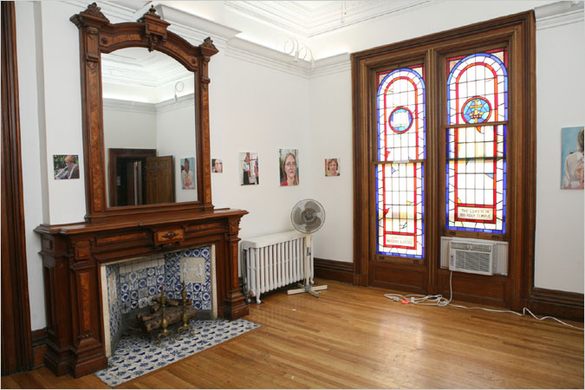


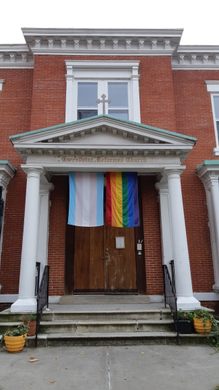





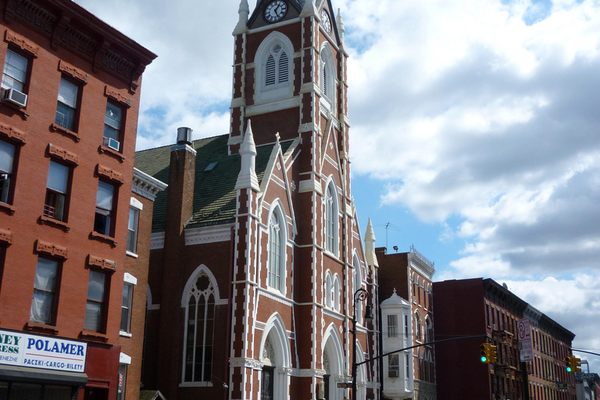

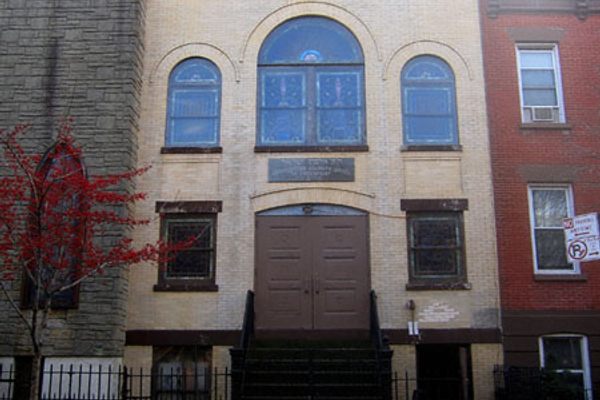

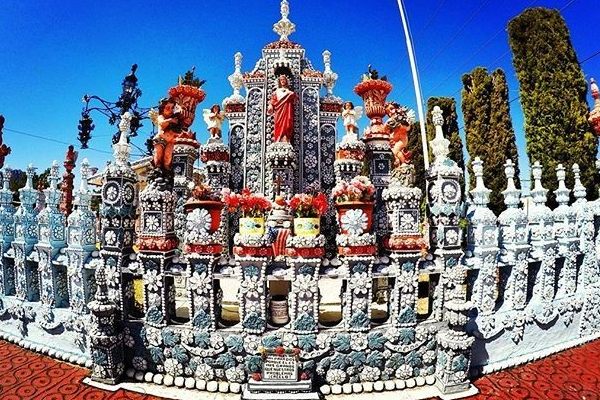
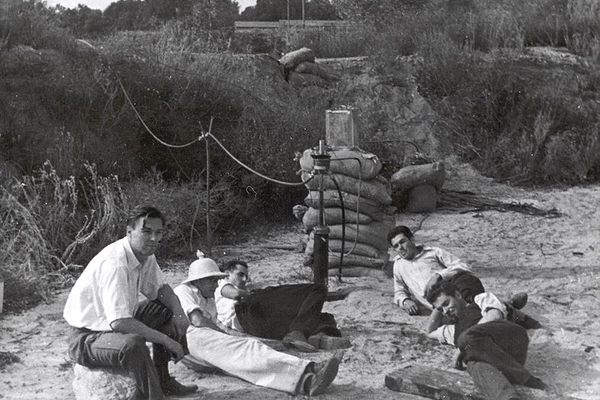
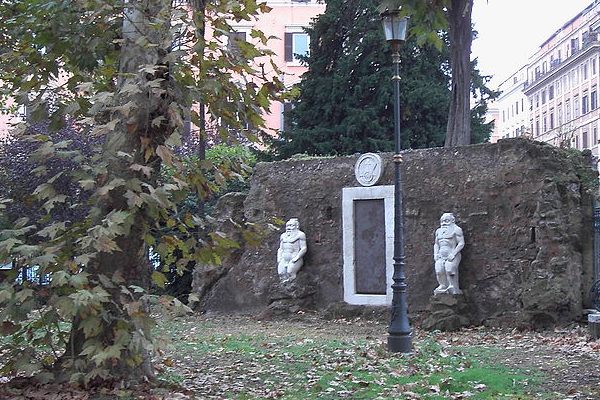
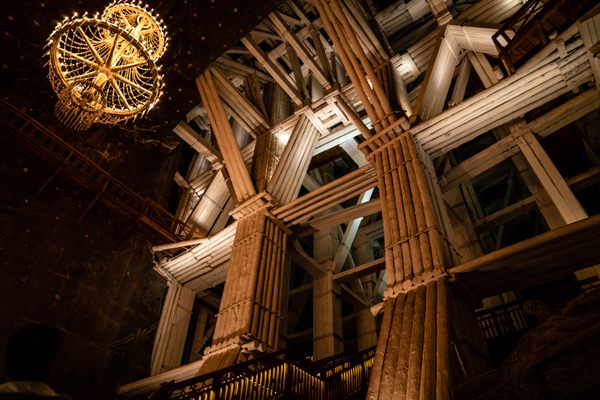

Follow us on Twitter to get the latest on the world's hidden wonders.
Like us on Facebook to get the latest on the world's hidden wonders.
Follow us on Twitter Like us on Facebook